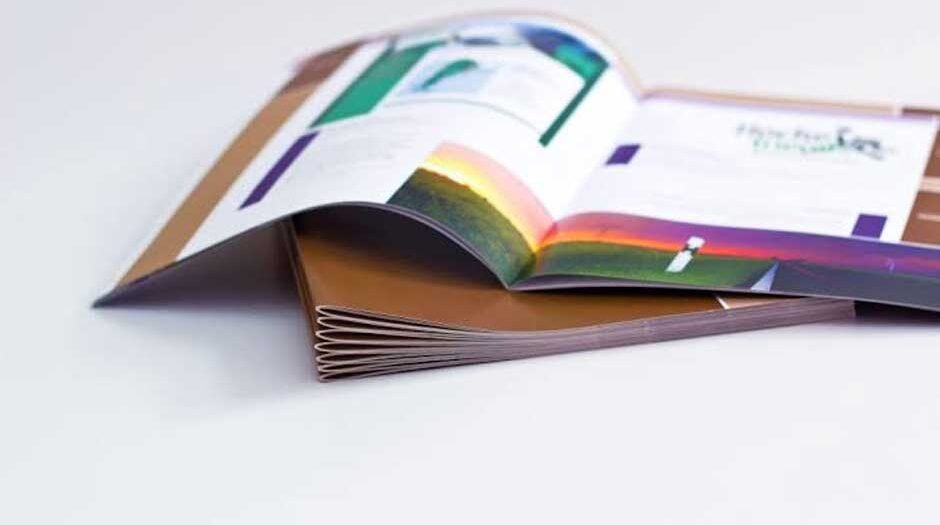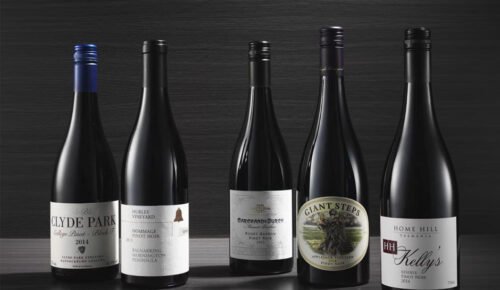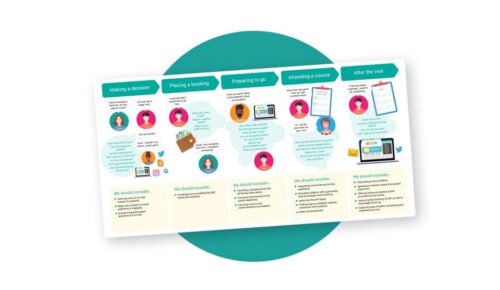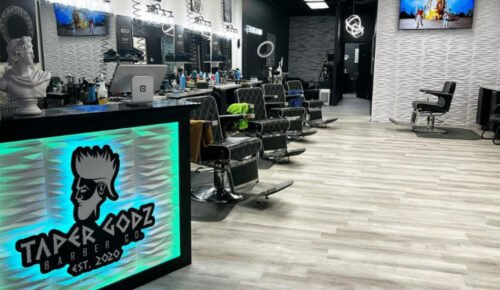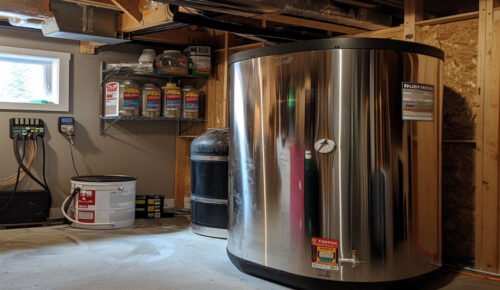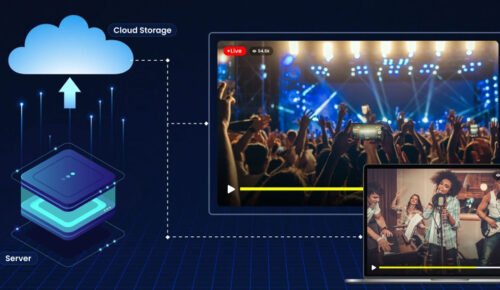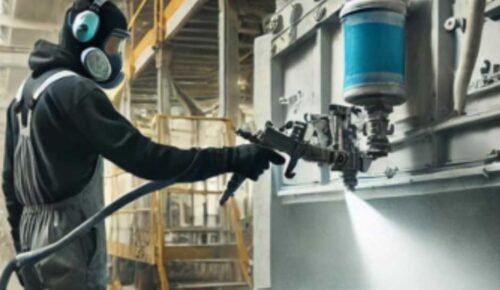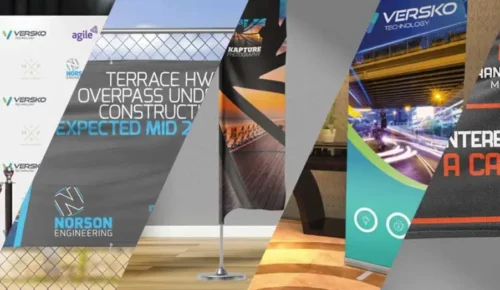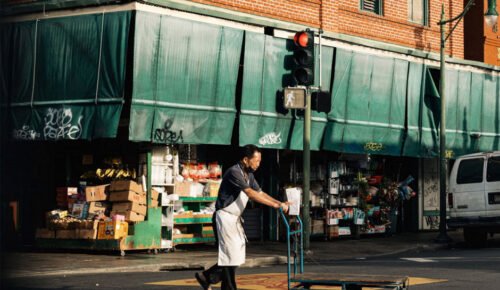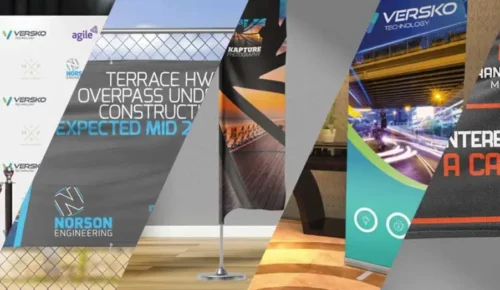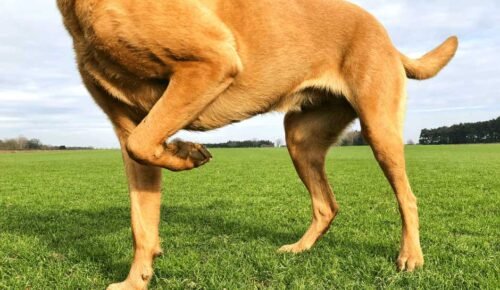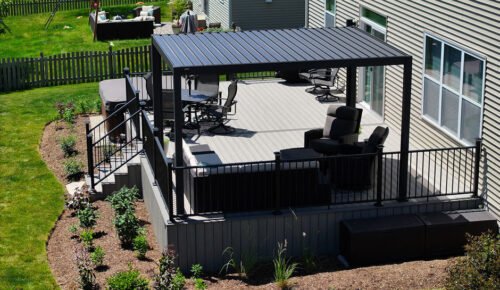Understanding Popular Binding Methods
The binding method used in printed materials can significantly influence turnaround times, cost, and the finished product’s functionality. Traditional and modern printing offers several binding styles, each with its own workflow, materials, and strengths. Understanding the differences between saddle stitch, perfect binding, spiral-bound, and Wire-O options enables project managers and marketers to select optimal solutions for specific timelines and budgets. With tighter deadlines than ever due to digital-era expectations, choosing a binding process that ensures fast delivery and reliable quality can set a project apart.
Many print specialists agree that center stapled booklet printing is efficient, but some projects require the durability or presentation value of other methods. Differences in setup, labor, drying time, and finishing steps determine how quickly printed pieces move from press to delivery, making it useful to take a closer look at each option.
Saddle Stitching: Fast and Flexible
Saddle stitching is one of the quickest binding techniques available for booklets, catalogs, newsletters, and slim magazines. This process involves folding sheets in half, stacking them, and stapling them directly through the crease or spine. Because it relies on simple folds and two to three wire staples, saddle stitching requires little setup or complex equipment, allowing many print shops to complete jobs within one to three business days once files are approved and printed.
Speed isn’t its only benefit; saddle-stitched booklets are versatile and cost-effective. They accommodate a range of page counts—typically from 8 to 64—and work well for anything with a short shelf life or frequent updates. Printing.org says this is the most efficient choice for projects with short lead times and simple page layouts. Businesses often use saddle stitch for event programs, mailers, small catalogs, and instructional pamphlets when speed and budget matter most.
Perfect Binding: Professional but Slower
Perfect binding creates a squared-off spine by gluing the pages and covers together, giving the booklet a clean, book-like finish. This style is common for paperback books, high-end magazines, and annual reports. However, the process requires extra steps: pages must be trimmed on each side, glued with strong adhesives, and usually left to cure or set for several hours to prevent warping or separation.
The extra complexity means perfect binding typically requires three to seven business days after printing before the finished materials can be packaged and shipped. Lead times can grow longer for jobs with thick spines, textured covers, or specialty finishes. While Perfect Binding excels in creating a premium look and handling larger page counts (generally 40 pages or more), the slower timeline can be a drawback for fast-moving campaigns or last-minute projects.
Spiral and Wire-O Binding: Versatility with a Price
Spiral and Wire-O binding methods punch holes along the edge of the document and use a durable coil or wire to hold pages together. This option is known for its flexibility; pages lay flat when open, making it ideal for presentations, training materials, and workbooks that require frequent handling. Production for spiral binding is generally straightforward, but inserting the coil and crimping the ends by hand or machine adds more steps than saddle stitching.
Turnaround times vary based on the length and quantity of the order, but spiral or Wire-O jobs typically take two to five business days from printing to finished product. Customization options—like colored coils or laminated covers—can add time to the process. These methods are excellent for projects where usability and durability matter more than razor-fast delivery.
Comparing Production Timelines
Production timelines for booklet binding depend largely on the chosen method and the project’s complexity. Saddle stitching is almost always the fastest, averaging one to three days, with perfect binding and spiral-bound methods adding at least one to several additional days to the total. When orders require complex folding, large print volumes, or unique finishes, turnaround times may be further extended.
Saddle-stitched booklets offer a substantial advantage for marketing teams and project managers racing against tight deadlines. Rapid production cycles mean businesses can launch campaigns, respond to event needs, or update important documentation with minimal lead time. If premium appearance or extended durability is essential, opting for perfect binding or spiral-bound delivery is worth the wait, but thoughtful planning is key.
Factors That Affect Binding Speed
Several variables can accelerate or slow down the booklet production process. Digital file preparation and proof approval play a large role; clear, press-ready files speed up printing, while discrepancies or last-minute edits may stall the schedule. Although visually striking, finishing touches such as die-cutting, embossing, or specialty laminates increase production time regardless of the binding method.
Order volume is another factor—short runs for saddle-stitched booklets may be completed even faster. At the same time, thousands of perfect-bound catalogs or spiral notebooks require longer print and bind cycles. Seasonal demand can also cause delays, particularly during back-to-school or holiday spikes, so planning ahead helps ensure on-time delivery. Industry insights from the evolution of print articles note that automation and digital printing solutions are helping to reduce some of these delays. However, intricate finishes and higher page counts still require more time.
Best Uses Based on Turnaround Needs
The choice of binding should align closely with the project’s purpose and deadline requirements. Saddle stitching is best for event programs, marketing booklets, and any print material needed quickly or produced frequently. Its affordability also suits nonprofit newsletters and educational handouts. If the booklet needs to last longer, have a book-like appearance, or exceed 64 pages, perfect binding is the answer—particularly for annual reports and product catalogs requiring a strong visual presence.
Spiral and Wire-O binding is optimal when the booklet needs to be handled regularly, opened flat on a desk, or transported often, such as for field guides or technical manuals. These choices marry usability with moderate turnaround times but won’t beat the speed of straightforward saddle-stitched jobs, especially on tight deadlines.
Emerging Trends in Booklet Binding
New technology is shaping how print shops deliver bound materials. Digital presses and automated binding machines make fast production more accessible, especially for saddle-stitched and short-run perfect-bound jobs. Interest in sustainable materials and recyclable binding options is also growing as businesses aim to meet eco-friendly standards without compromising speed or quality.
Increasing demand for unique tactile finishes and hybrid print-digital experiences, such as QR codes or augmented reality embedded in covers, influences production times and setup. As noted in industry reports, print shops are striking a balance between bespoke creativity and speed by investing in equipment that accelerates prepress and post-press workflows, allowing more customers to hit their deadlines without sacrificing craftsmanship.
